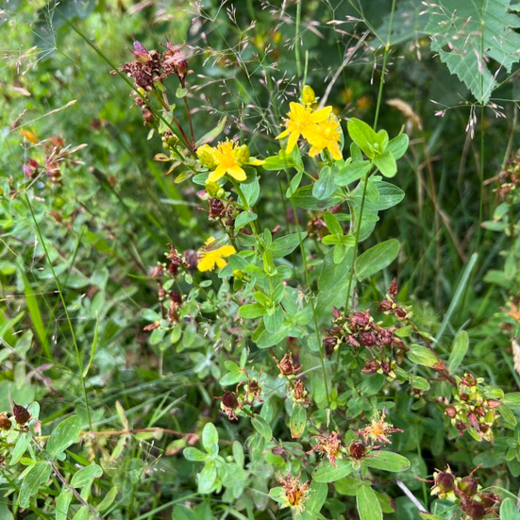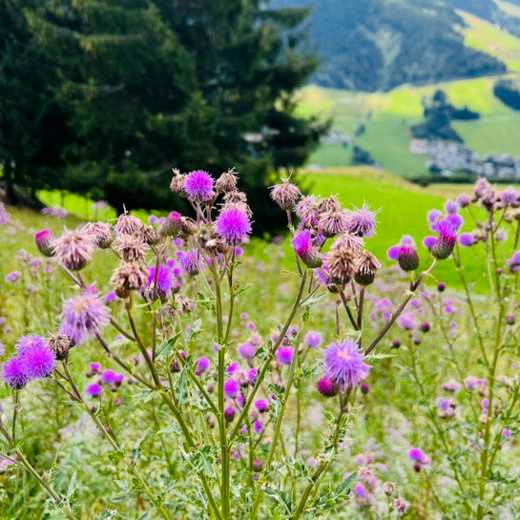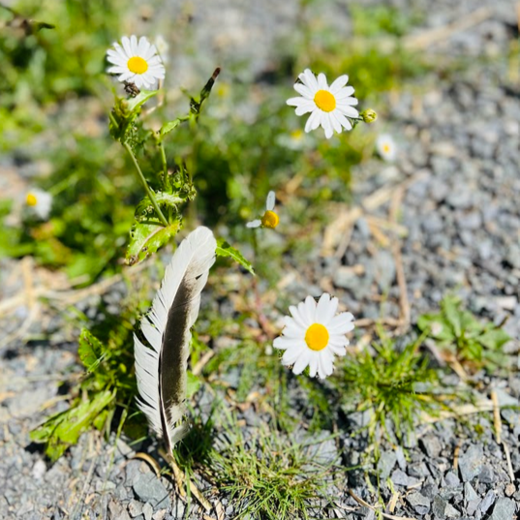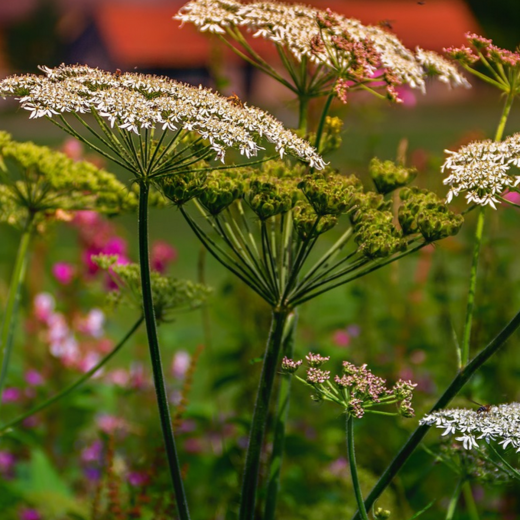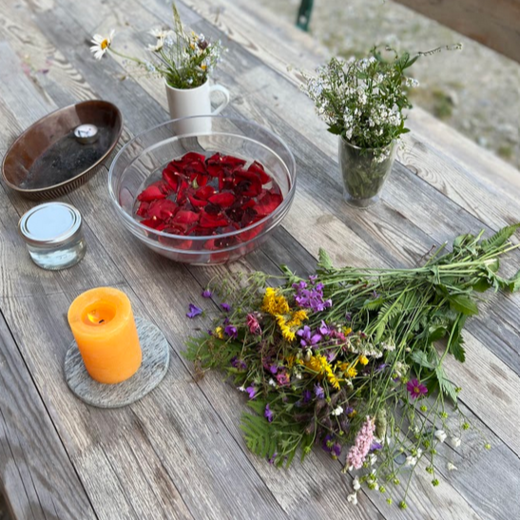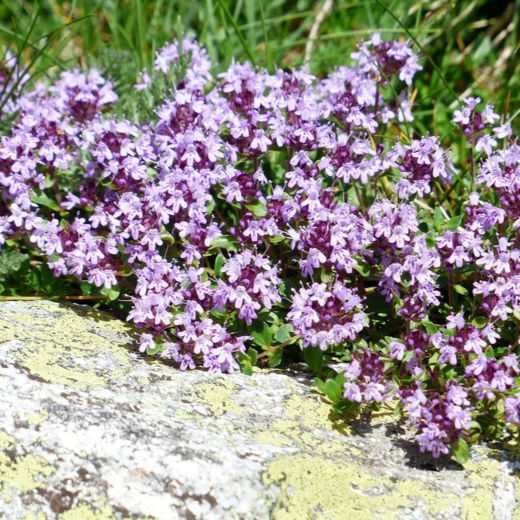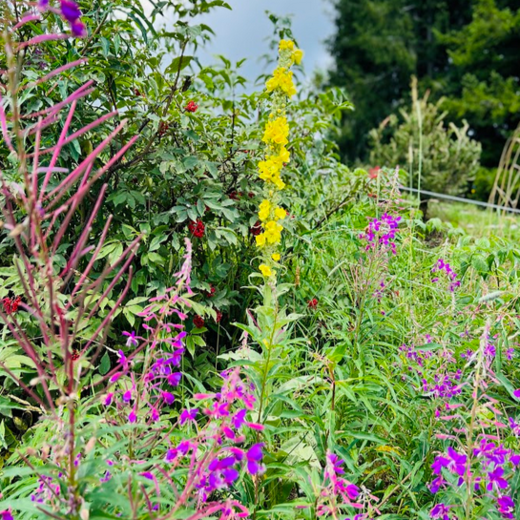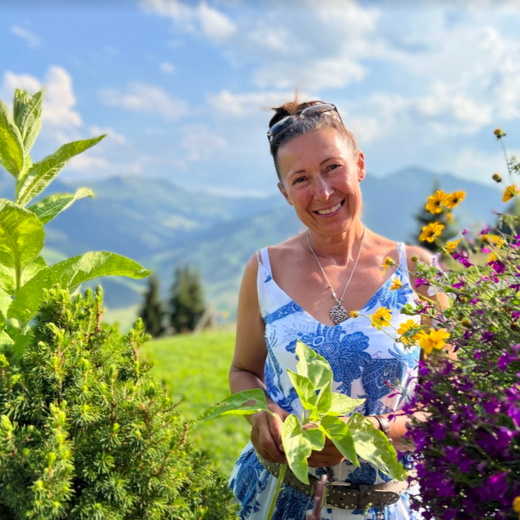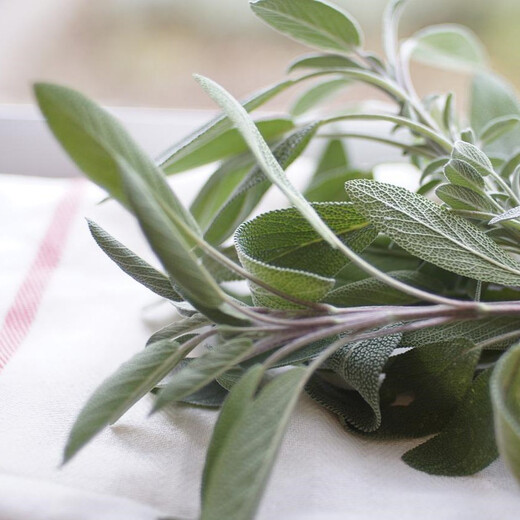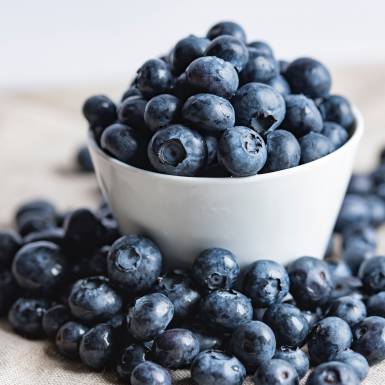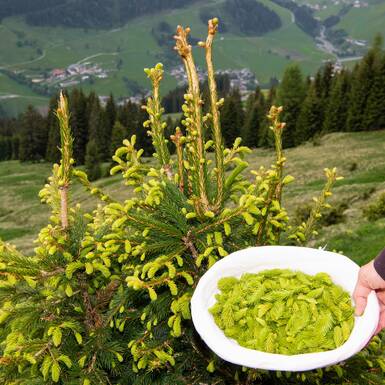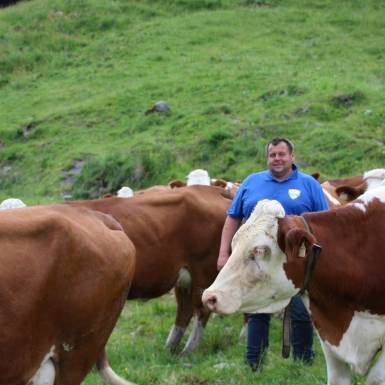- Traditions
- Cuisine
Herbal Knowledge Past & Present
The nature in the Glemmtal valley is amazingly diverse and varied – majestic peaks jut up into the sky, crystal-clear lakes gleam in the sunshine while the wonderful smell of flowering alpine meadows fills the noses of hikers and mountain bikers alike. Those who take a closer look will spot an incredible variety of different herbs, flowers and bushes, many of which have been used as medicinal herbs across the Alps for millennia. The knowledge of these medicinal herbs was considered almost lost amongst recent generations, but there’s been a revival in recent years. These herbs are now once again collected, dried, mixed and processed to create tinctures, ointments and drips to cure little ailments as well as to create healthy supplements.
Herbal Knowledge of the Past
The ancient people of the woods already made use of the active ingredients of many plants and herbs. Archaeological findings showing burned herbs point at early and frequent use that extended beyond food amongst these ancient people. Next to eating the various berries, herbs and plants, there are also signs of them being dried and drank as tea. Various different accounts and findings also point towards certain plants being used as incense. Sage and dragon’s blood, for example, are said to have a purifying effect while rose petals and chamomile are considered to have a harmonizing effect.
Once humans started to settle in the area, the use of the medicinal herbs and plants slowly got more refined, more complex and was eventually recorded. Pioneers like Hildegard von Bingen already wrote about the healing powers of lovage, licorice, thyme and mayweed against the common cold at the beginning of the 12th century.
For people in remote areas, it was absolutely vital to have healers in their midst who often worked as bathers or midwifes and treated their community’s populace with tinctures, ointments and herbs.
Many of the books and written accounts as well as a large amounts of knowledge of the powers of medicinal herbs were lost during the Austrian witch hunts which reached their peak in 1680 and lasted until 1750. But even during these difficult times people continued to share their knowledge. The remnants of what these brave people continued to share is the basis of the modern revival of medicinal herbs and plants. No matter if it’s to cure small ailments or to support a healthier lifestyle – medicinal herbs and plants and the stories surrounding them are nowadays steadily growing in popularity.
Herbal Knowledge of Today
The enticing smell of the unique flora of the meadows, forests and fields in the valley delight visitors and locals alike. Those who take a closer look will spot a whole variety of different medicinal herbs and plants. Next to popular classics like lady’s mantle, yarrow, dandelion and daisies there are also certain spots that feature true rarities like arnica and gentian. Heedfully harvested or, in case the flower in question is protected, grown in the own garden, these plants and herbs are processed to create a whole variety of different products.
Three items that should be in every household*:
St. John’s Wort oil
The yellow-flowering St. John’s wort has been used for its medicinal properties since ancient times. It’s considered to have a mood-brightening effect and is also known as ‘Lichtbringer’ (bringer of light).
Recipe:
Harvest the flowering plant, remove the flower and leaves from the stipe and carefully place them in a screw top jar. Fill the jar with high-quality vegetable oil (e.g. almond oil) and let it steep in a sunny spot for six weeks. Then strain the now reddish oil and store in a dark place at room temperature.
Use: To relieve tension, treat burns and to brighten the mood
Careful: Do not venture into the sun directly after applying the oil
Dandelion Oxymel
Dandelion Oxymel is a great ingredient for salad dressings and can also be consumed pure. It’s very healthy and comparatively easy to make.
Recipe:
Harvest the dandelion and place it in a screw top jar. Fill the jar half-and-half with organic honey and cider vinegar. Strain the bloom and store the sour honey in the fridge.
Use:
In salad dressings, to add flavor to a glass of water or as a regimen by the spoonful.
The sour honey has disinfecting, anti-bacterial and anti-inflammatory properties. Dandelion also contains many important vitamins and mineral nutrients.
Yarrow Tea
Yarrow is a true allrounder and very popular because of its many uses. It’s most well-known for its use by women.
Recipe:
The flower of the yarrow is collected and dried. Once needed, pour hot water over a teaspoon of dried yarrow, let it steep for a few minutes and slowly sip the infused water.
Use:
It acts as an anticonvulsant, is calming and soothing and has a positive effect on circulation.
Tanja's herbs at the Reiterkogel
Herbal expert and TEH®-practitioner Tanja Kees from the Reiteralm loves to lead people deep into the world of plants and herbs. There’s also a whole variety of different self-produced products on sale at the Reiteralm – perfect as a souvenir or gift.
Tanja finished an apprenticeship as certified TEH®-practitioner and now creates her own products. The connection to the world of plants and herbs is a special one and, if done right, carefully and respectfully, nature has some amazing gifts in store. One of Tanja’s favorite plants this year is yarrow. She answers the call of a different plant every season, but every single plant deserves love and care. Tanja loves to make a yarrow tea and likes to mix in other herbs and spices depending on her mood.
Tanja’s first aid tips for hikers
Tanja has some very special tips for tired hikers.
- Mugwort is a great remedy for tired legs. It can be placed directly on the leg or in the shoe for a fresh feeling.
- Buckhorn/ribwort is a great remedy for sunburns and insect bites. Crush and roll it with your hands and place it directly on the afflicted spot for quick and lasting relief.
- Those pained by cramps should drink chamomile tea while taking magnesium. The plant helps the muscle to quicker and better absorb the magnesium.
Have fun exploring!
*Please respect any legal provisions – some of these plants might be protected in your region and harvesting them may be forbidden. Please consult an herbal expert if you have any doubts about what you are looking at – some herbs can have unwanted side effects or should only be consumed in certain quantities. Please follow the rule of thirds when harvesting wild herbs – never take more than a third of any given plant.

